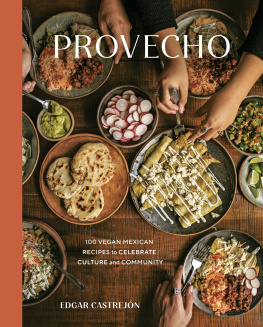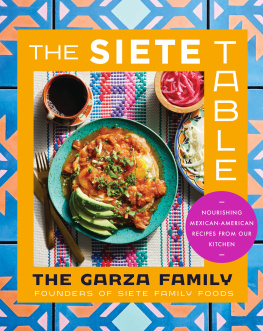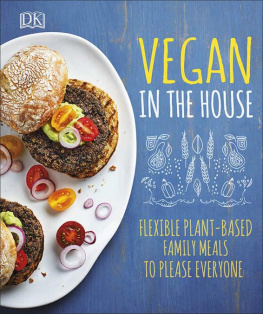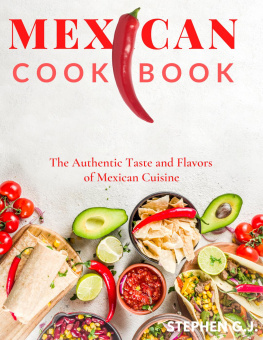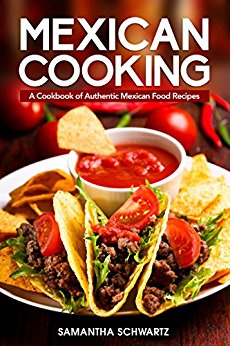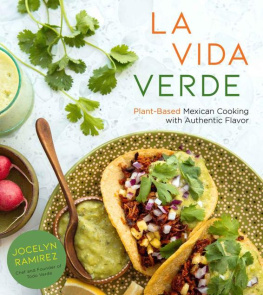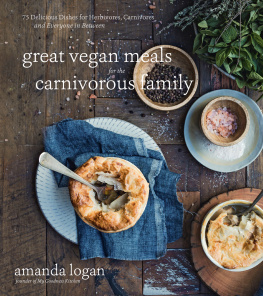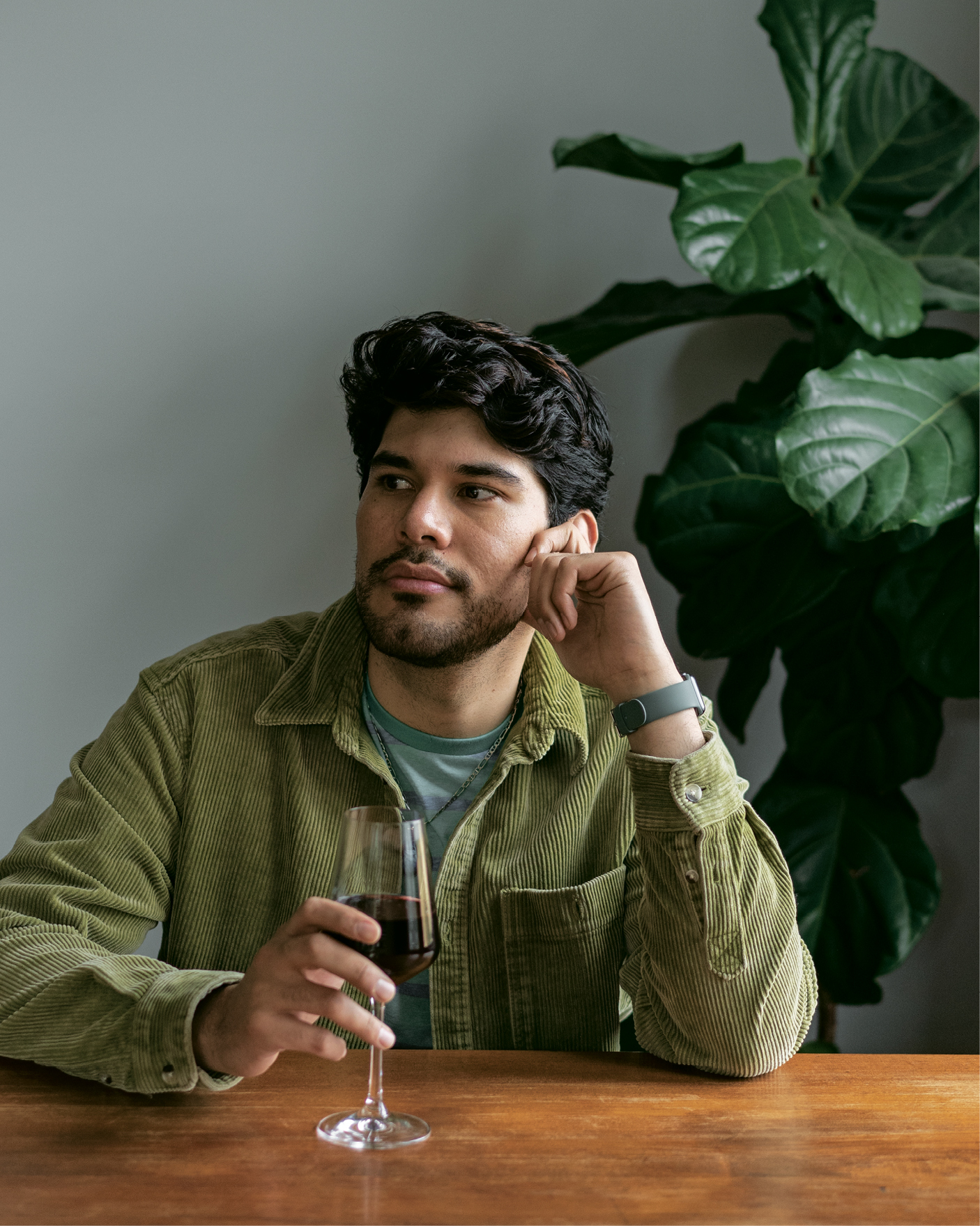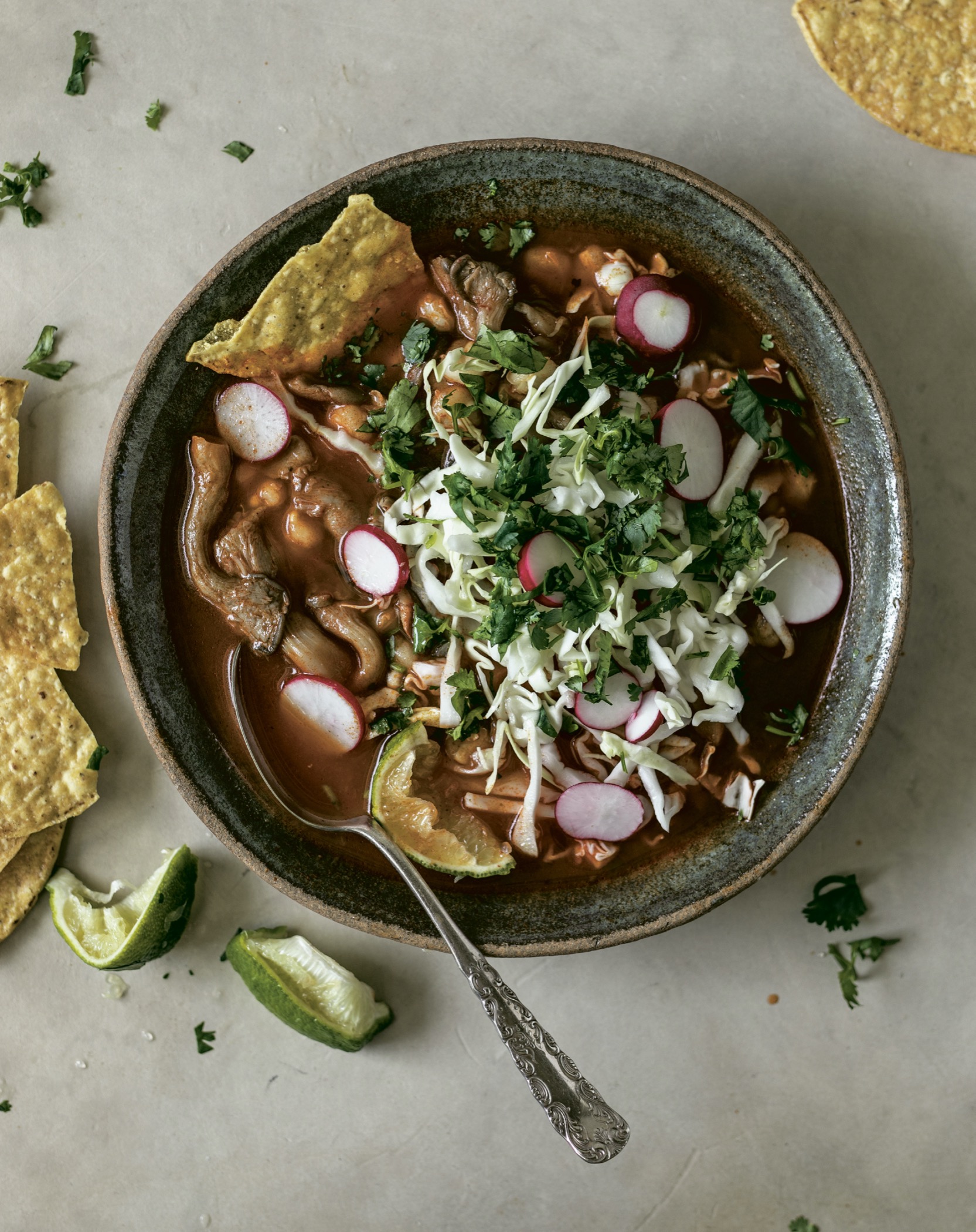Contents
Landmarks
Print Page List
Acknowledgments
I want to thank my family who have supported me throughout my life. To my mama, you have been the rock that I needed while growing up. As I was writing this book, you often were the one tasting my food and giving everything an amazing review. To my abuelita, of course, you have been an amazing supporter of my cookbook. To my partner, Giovanny, you helped me through everything and were also my last-minute assistant when I needed someone the most. You were a recipe tester and someone who helped me so much emotionally. Love you so much! My tias Lupita, Chely, Belsa, and Evelia, and Gios mom, Marleny, helped me with some recipes. Los quiero mucho. My sister and her boyfriend, Tre, tasted all of my food and gave it constructive criticism.
Thank you to my friends, who are basically extended family, especially Grace Joseph. You were my assistants for the cookbook. I want to thank Anna Kenney for helping as well, and for the photograph on the title page. I love you and appreciate you both. I also want to thank Deborah Lustig, youve helped me through the toughest times and have supported my dream to write a cookbook. Much love to you and your family. Te queiro mucho.
Thank you to my friends from social media, a lot of whom I havent met in person but truly mean the world to me. You inspire me, you push me, and you are there when I need you. I want to especially thank Jasmine from @sweetsimplevegan and Chris from @consciouschris for trying out my recipes; Joanne @thekoreanvegan for always being my biggest fan, I have so much love for you; Nisha from @rainbowplantlife for being the sweetest person and for always sharing the love with me; Maria @foodbymaria for always keeping it real and for being my friend even though Im a weirdo; and Zuliya from @naturallyzuzu for always sending your love and amazing support on social media. I dont know where I would be without any of you.
Thank you to Julie from @gomethodology. You have always supported me with everything you can think of, from advice to giving praise. I couldnt be any happier to be your photographer and am so pleased to have connected online with you while I was still in college. And to MaryMar @mmclay for the beautiful ceramics shown in these photographs. Over the years Ive purchased your whole series of ceramics, and no regrets there!
Thank you to my agent, Leigh Eisenman, for always keeping me on task and reminding me that I am amazing and to stay focused, especially during the pandemic. And to my writer, Susan Choung, for being such an amazing person and being able to get my thoughts to be clear and to have a story that is organized. You rock!
Thank you as well to my team at Ten Speed Press, especially my awesome editor Dervla Kelly, production editor Doug Ogan, designer Lisa Bieser, production manager Dan Myers, Brianne Sperber in marketing, David Hawk in publicity, and editorial assistant Zoey Brandt.
Finally, its all thanks to the people who follow my journey on social media that I have been able to create this amazing cookbook. If youre reading this, just know I am sending you so many hugs and kisses. I appreciate you from the bottom of my heart.
About the Authors
EDGAR CASTREJN is a chef, recipe developer, food stylist, and photographer based in the San Francisco Bay Area. While in school studying plant science and nutrition, he launched his Instagram account @edgarraw, where these days his followers tune in for his creative, nourishing, plant-based recipes and beautiful food photography.
Susan Choung is a cookbook writer, editor, and recipe tester. She was formerly the books editor at Food & Wine for many years. Born in South Korea, Susan was raised in Brooklyn, New York, where she worked at her parents Italian and Jewish delis. She still has strong opinions about sandwiches.
Chapter 1
La Mesa Llena

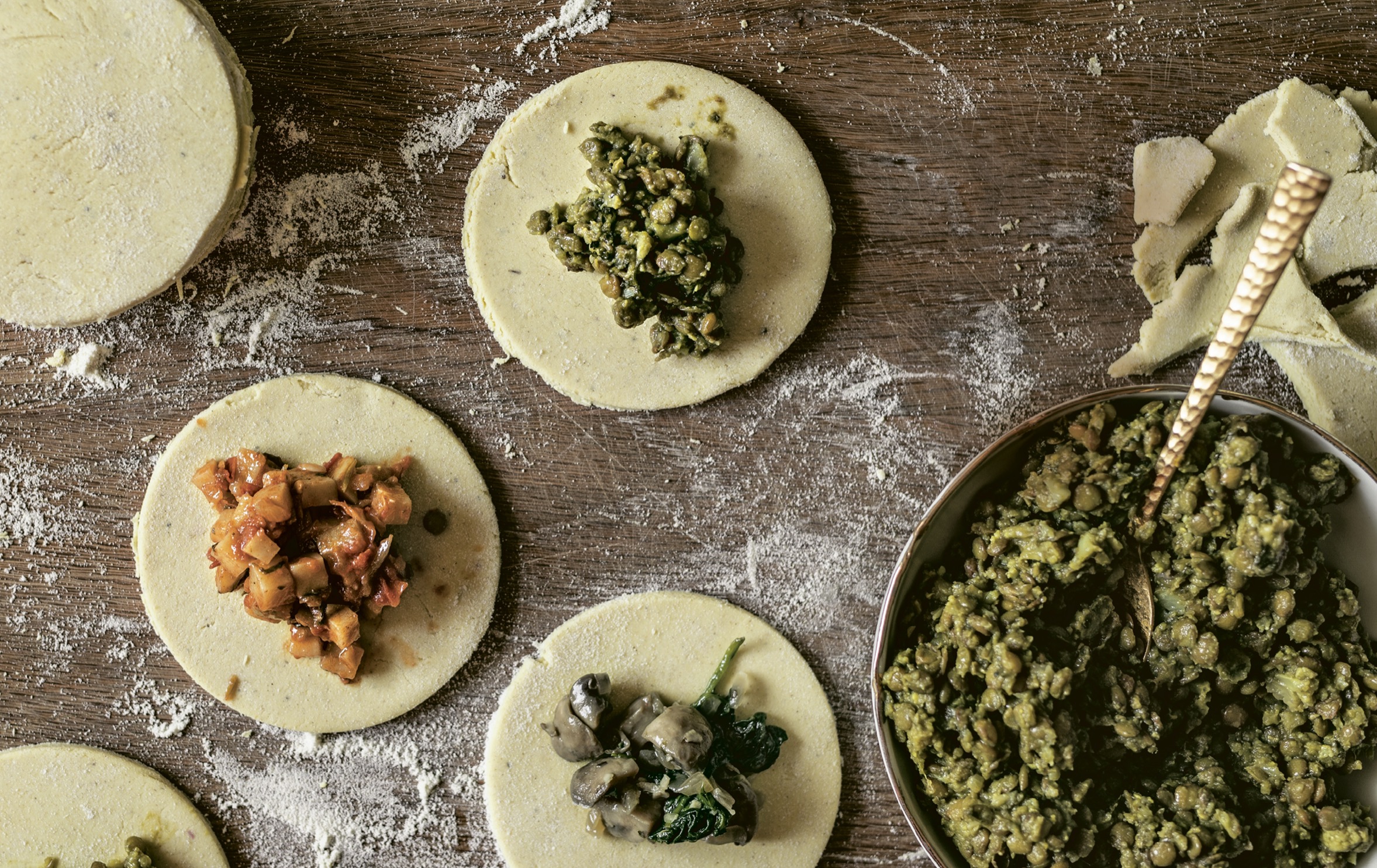
Mexican tables always have an abundance of food. La mesa llena, the full table, is laden with several main dishes, plus salsa, tortillas, rice, beans, and other sides. Its a lot of food to prepare alone, which might be a reason why cooking is often a shared experience in Mexican culture.
In the neighborhood where I grew up, nobody had much money. But if we each brought something to the table, we ate like kings. I was raised by a single mother, though our family dinners were rarely just my mom, sister, and me. On many occasions, friends and neighbors would also join us, and family dinners turned into impromptu fiestas. There was one holiday weekend when more than fifty people showed up! We had so much food; we couldve fed the entire barrio. Even as a kid, I knew this was something special.
Family dinners and celebrations didnt start when we sat down at the table. They started hours earlier in the kitchen, chopping onions or simmering a pot of stew. Cooking wasnt considered work that had to be done before the party started. Cooking was the party. The kitchen is my favorite place in the house to socialize and reconnect with family and friends. As we cook, we talk, sharing memories and recipes, both old and new.
In this chapter, the most traditional Mexican recipes are given a plant-based makeover of which even a Mexican abuelita would approveand, luckily, mine does! These recipes are inspired by the dishes that filled the tables of my childhoodslow-simmered soups and stews, enchiladas, empanadas and tamales, and indispensable sides, like rice, beans, and tortillas.
La Mesa Llena is about celebrating culture and customs while creating new traditions and memories. Its about appreciating recipes that demand a little more time in the kitchen and encourage us to slow down and connect with those we love.
Pozole Rojo
Pozole is often served at birthday parties and special occasions but is also eaten as a hangover remedy. So its good to have a big batch because you may need extra for the morning after!
I asked my aunts how to make the red version, and four couldnt tell me. The fifth could only list the ingredients without measurements. So, I had to reverse engineer this meatless version. I knew I had to create a smoky red broth that gets deep flavor and subtle heat from dried chiles. Instead of pork, I simmered mushrooms, which gave the dish a satisfying earthiness. My aunt said that my version looked like the real thing and she didnt miss the meat at all.
Even though its meatless, you do need to let the broth simmer a while to allow the pozole to develop amazing flavor and soften the hominy.

